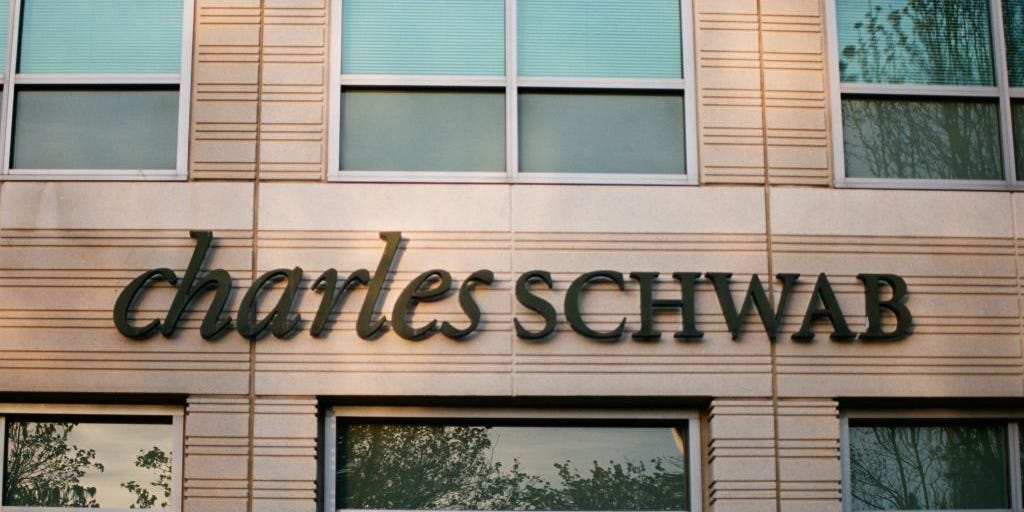Charles Schwab saw a $16.5 billion inflow of new assets last week amid the banking crisis. “Charles Schwab remains a safe port in a storm,” the brokerage said in a statement. Last week, CEO Walter Bettinger said clients poured $4 billion into the firm on March 10 alone. Loading Something is loading.
Thanks for signing up!
Access your favorite topics in a personalized feed while you’re on the go.
Charles Schwab saw a surge of client funds last week as the banking crisis spiraled from US regional lenders to European giants.
From March 10 to March 16, the brokerage saw a $16.5 billion increase in core net new assets, according to a statement on Friday.
“Charles Schwab remains a safe port in a storm, driven by its conservative balance sheet, strong liquidity position, and diversified base of over 34 million account holders who invest with Charles Schwab every day,” it added. “We are confident in our approach and in our ability to help clients through all kinds of economic environments.”
The growth came as the US financial system saw money pulled from regional and community banks to bigger lenders, especially those deemed “too big to fail,” to avoid the risk of another Silicon Valley Bank-style run on deposits.
In fact, Bank of America was reported to have accrued $15 billion in new deposits by last Wednesday, alongside big gains reported by JPMorgan and Citigroup.
And since SVB collapsed, First Republic’s stock has tumbled as depositors fled, and UBS agreed to take over Credit Suisse at the urging of Swiss authorities.
Schwab’s $16.5 billion inflow last week would appear to include the $4 billion that CEO Walter Bettinger said came in at the height of the SVB crisis on March 10.
He also he told CNBC last week that daily inflows up to that point in March were about $2 billion. And for all of February, clients added a net $42 billion in new assets.
Shares in the lender have fallen by nearly 7% since last Monday, following trends seen in most financial stocks the past week.
But Bettinger also said last week that Schwab’s 12-month liquidity level was equal to nearly the entire banking operation’s deposits, or about $280 billion. And more than 80% of its deposits are covered by the FDIC’s $250,000 threshold.
